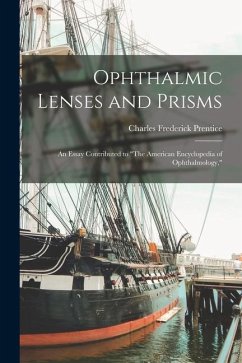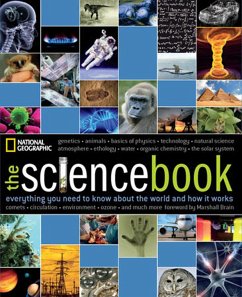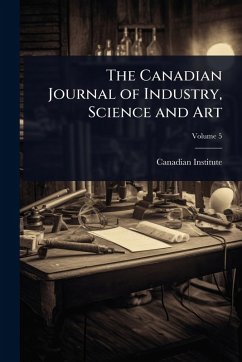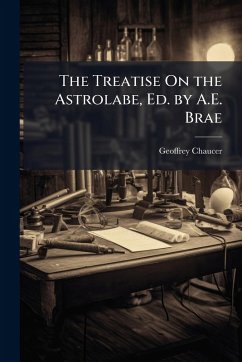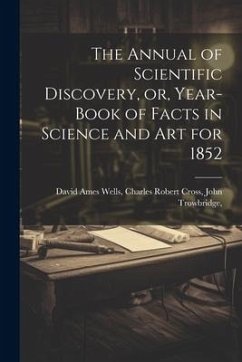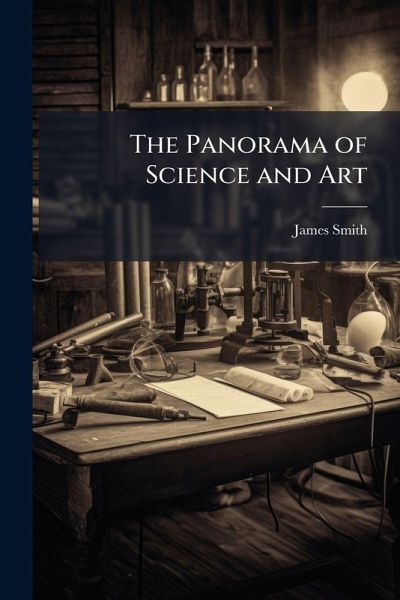
The Panorama of Science and Art

PAYBACK Punkte
17 °P sammeln!
"The Panorama of Science and Art" by James Smith, published in 1815, is a comprehensive survey of early 19th-century knowledge. This ambitious work encompasses a wide array of scientific and artistic disciplines, offering readers a detailed look at the state of understanding and practice in fields ranging from aerostation and agriculture to architecture and astronomy. The book also delves into practical arts such as building, brewing, and bleaching, along with methods of working in wood and metal. Serving as both an encyclopedia and a practical manual, "The Panorama of Science and Art" provide...
"The Panorama of Science and Art" by James Smith, published in 1815, is a comprehensive survey of early 19th-century knowledge. This ambitious work encompasses a wide array of scientific and artistic disciplines, offering readers a detailed look at the state of understanding and practice in fields ranging from aerostation and agriculture to architecture and astronomy. The book also delves into practical arts such as building, brewing, and bleaching, along with methods of working in wood and metal. Serving as both an encyclopedia and a practical manual, "The Panorama of Science and Art" provides valuable insights into the technological and artistic advancements of its time. It remains a fascinating resource for historians, researchers, and anyone interested in the evolution of science, technology, and the arts. This work has been selected by scholars as being culturally important, and is part of the knowledge base of civilization as we know it. This work was reproduced from the original artifact, and remains as true to the original work as possible. Therefore, you will see the original copyright references, library stamps (as most of these works have been housed in our most important libraries around the world), and other notations in the work. This work is in the public domain in the United States of America, and possibly other nations. Within the United States, you may freely copy and distribute this work, as no entity (individual or corporate) has a copyright on the body of the work. As a reproduction of a historical artifact, this work may contain missing or blurred pages, poor pictures, errant marks, etc. Scholars believe, and we concur, that this work is important enough to be preserved, reproduced, and made generally available to the public. We appreciate your support of the preservation process, and thank you for being an important part of keeping this knowledge alive and relevant.



